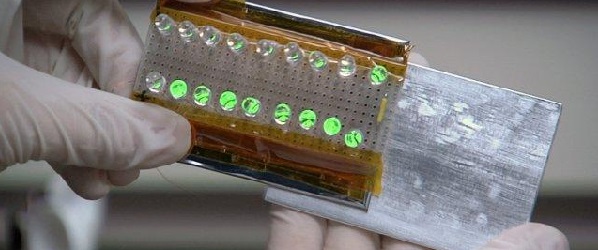
It may not be long until you can recharge your mobile phones while walking or by rubbing hands, as researchers at Georgia Institute of Technology have developed a tiny ‘triboelectric nanogenerator’ or TENG based on the piezoelectric effect.
Researchers paired two sheets of different materials together, with one generating electrons, and the other accepting them.
When the sheets come in contact with each other, electrons flow from one sheet to the other and when separated a voltage is generated between them.
Researchers, then power output density by a factor of 100,000, with the output power density attaining 300w/m2.
The nanogenerator was also integrated into shoe insoles, whistles, foot pedals, floor mats, backpacks and ocean buoys for a range of potential applications.
Researchers said that these gadgets harness the power of everyday motion from the minute (think vibrations, rubbing, stepping) to the global and endless (waves).
"These movements produce mechanical energy that has been around us all along, but scientists didn’t know how to convert it directly to usable power in a sustainable way until now," researchers added.
Researchers are now working on commercialising the developed products to recharge cell phones and other mobile devices via TENG.
Georgia Institute of Technology professor Zhong Lin Wang said that the amount of charge transferred depends on surface properties.
"Making patterns of nanomaterials on the polymer films’ surfaces increases the contact area between the sheets and can make a 1,000-fold difference in the power generated," Wang added.


